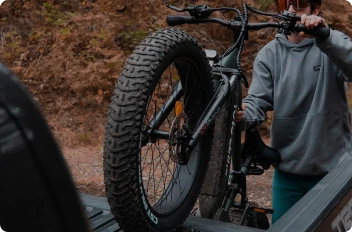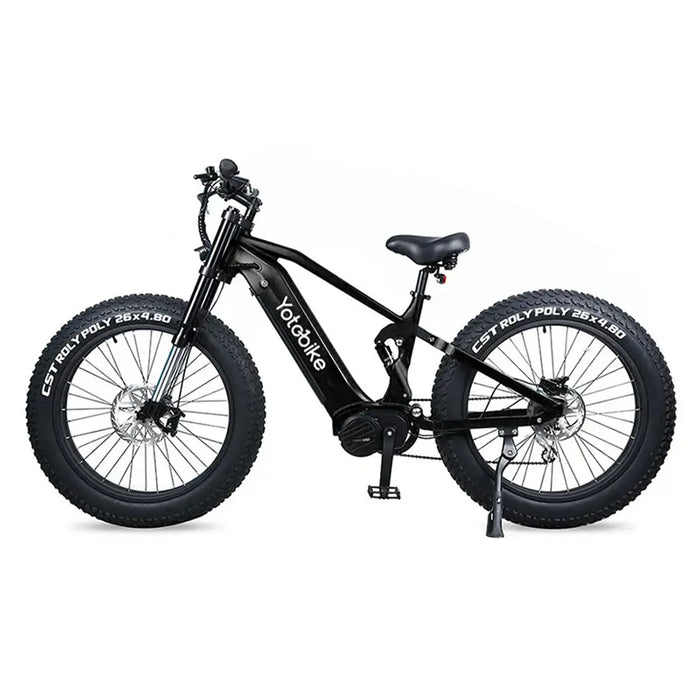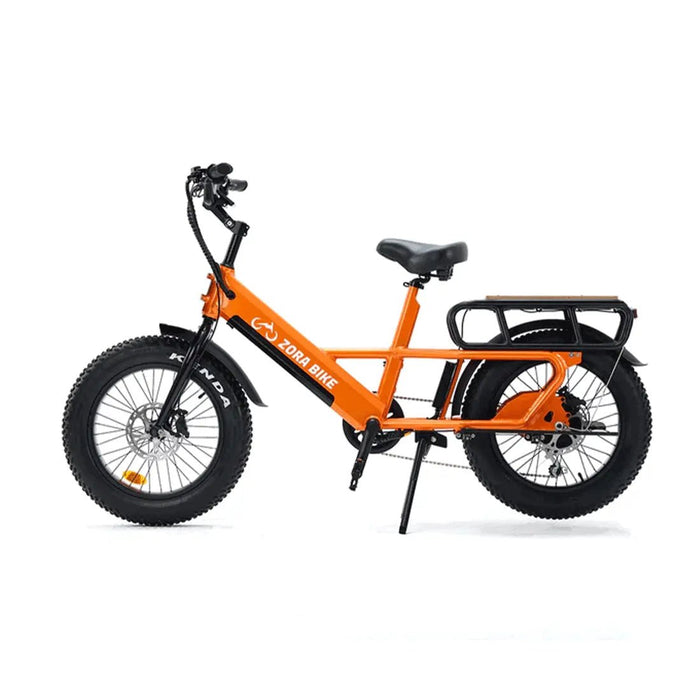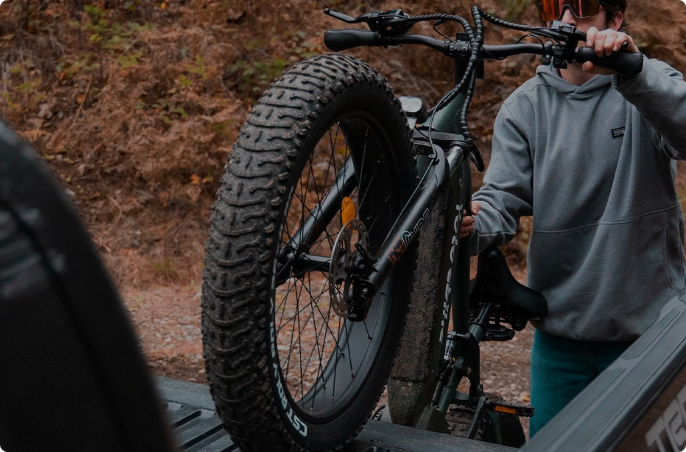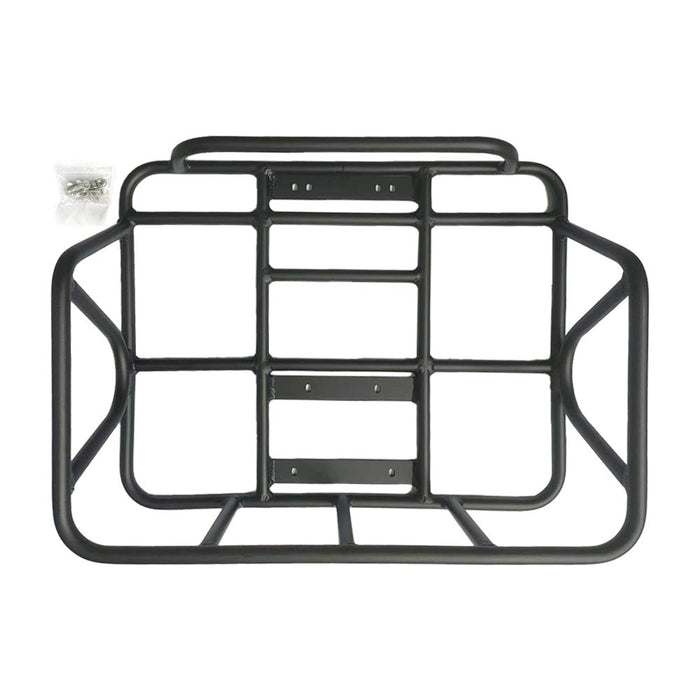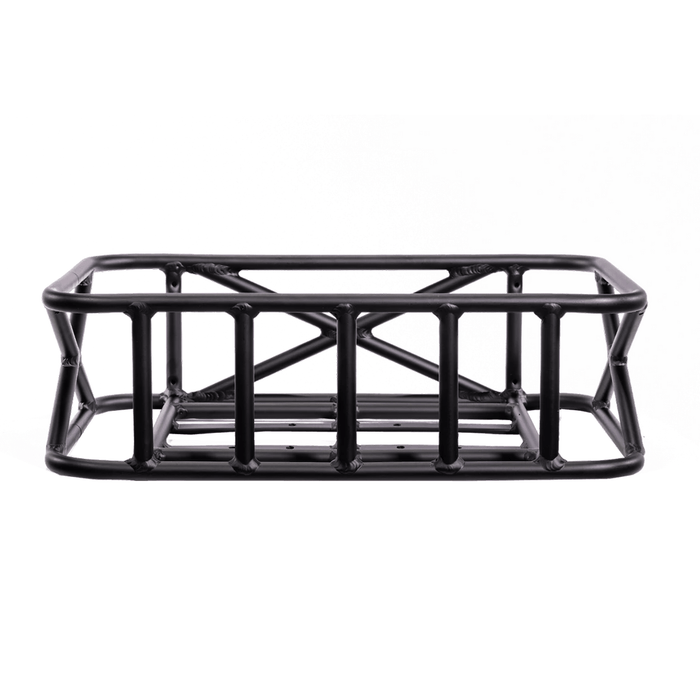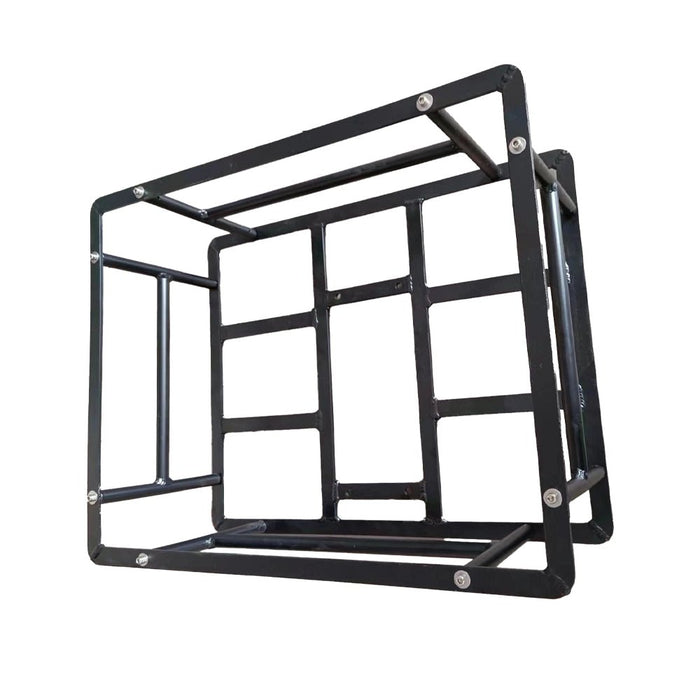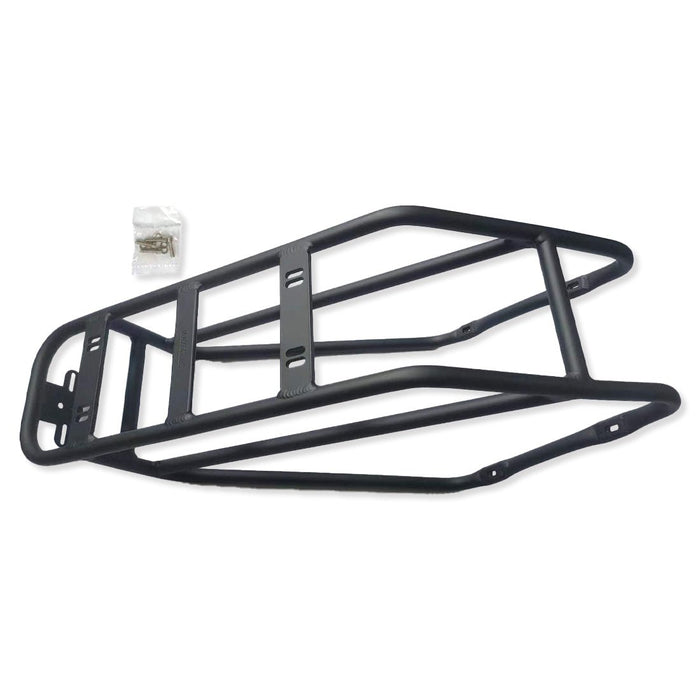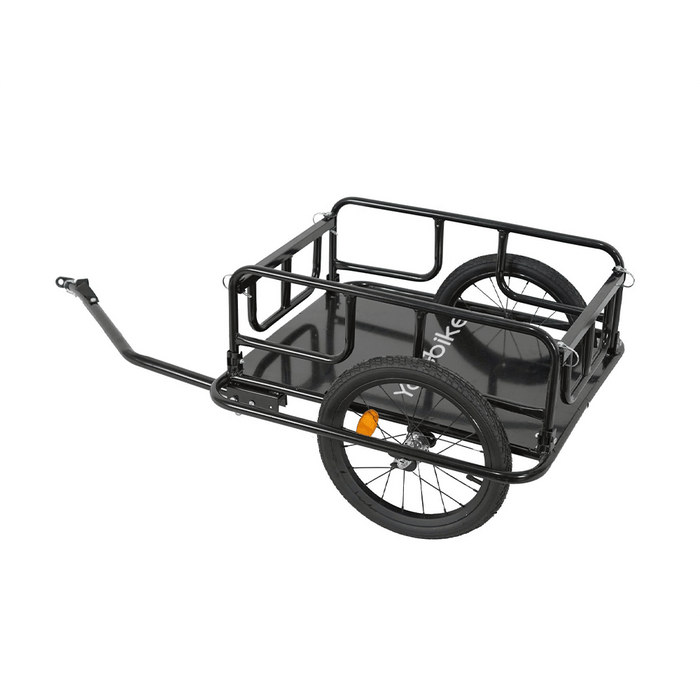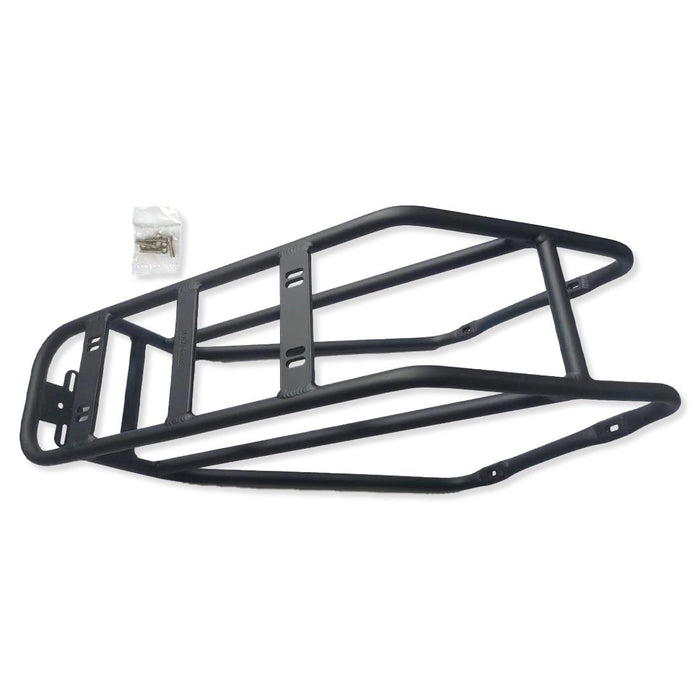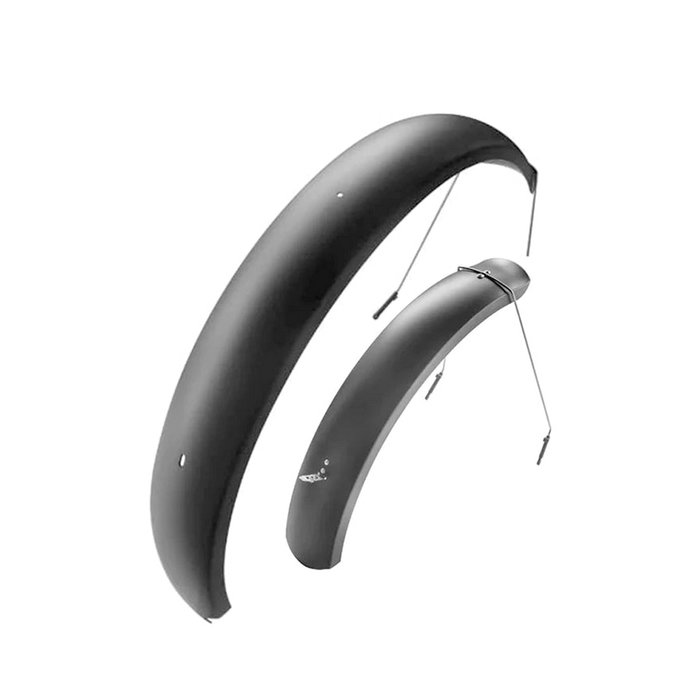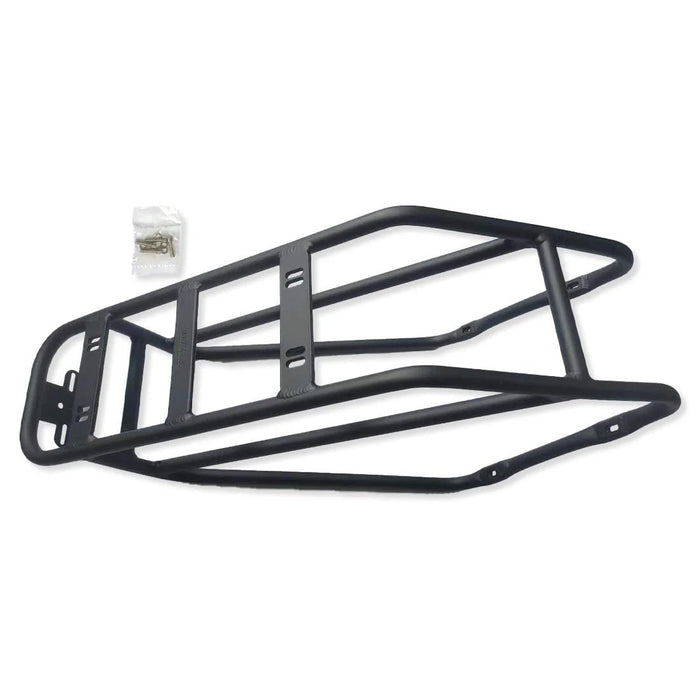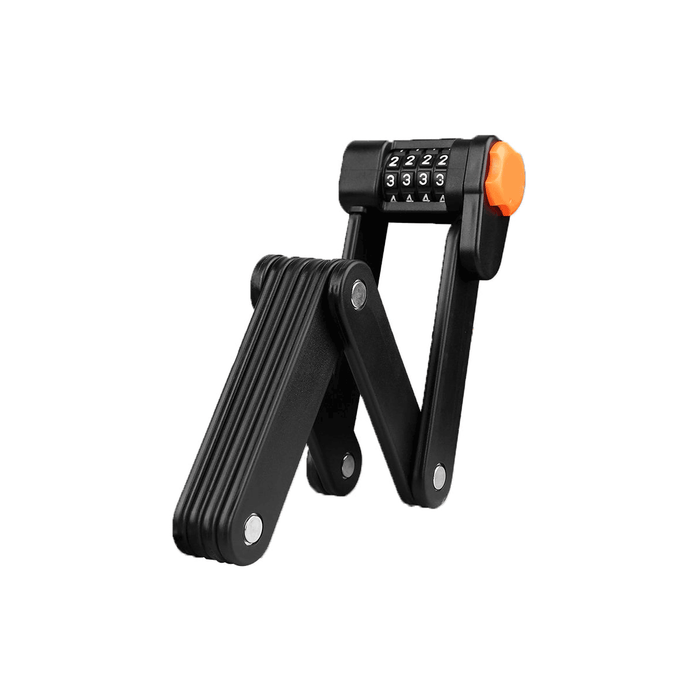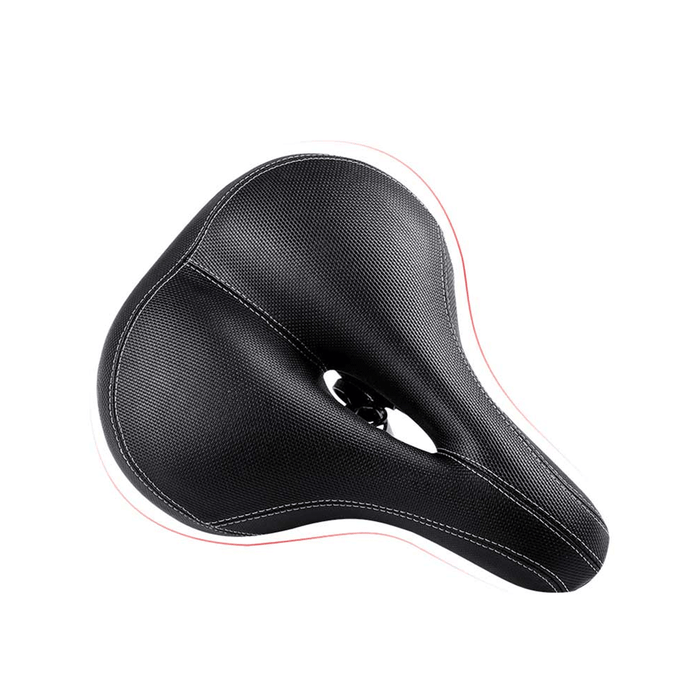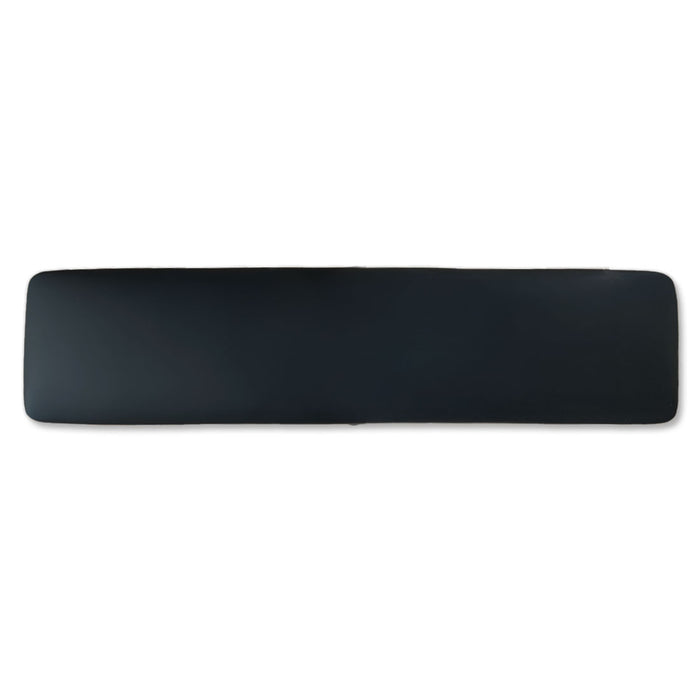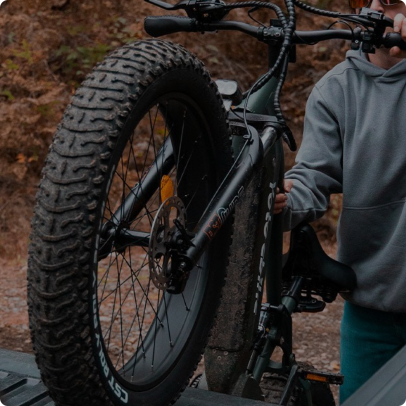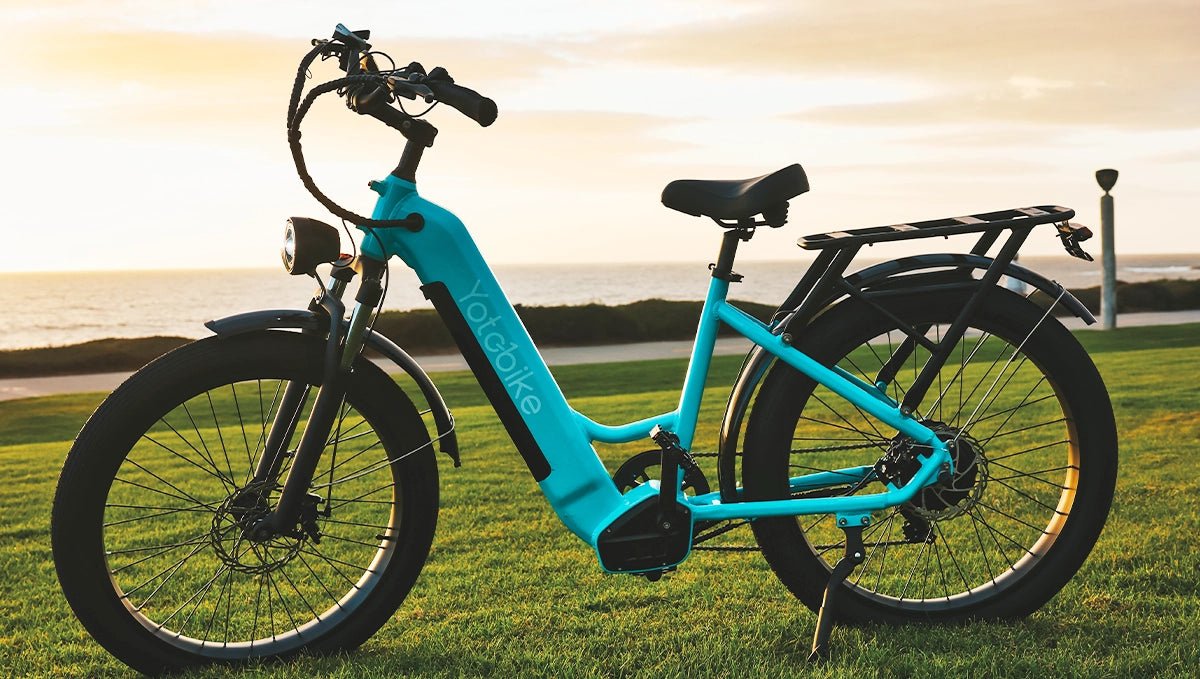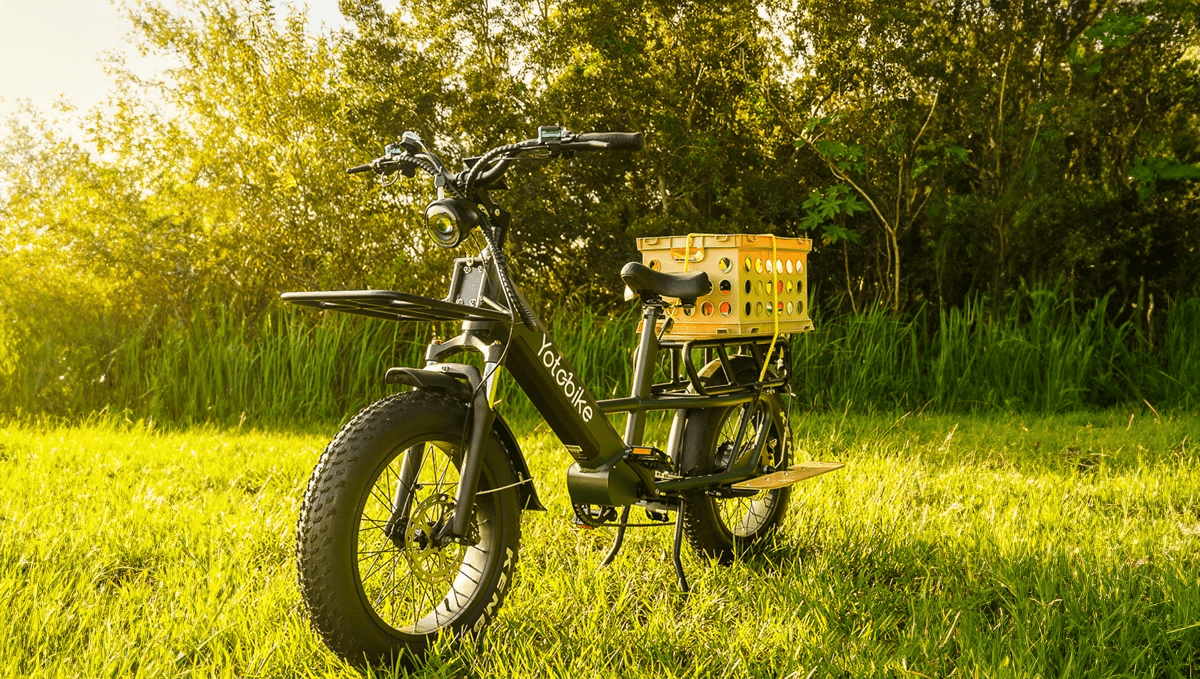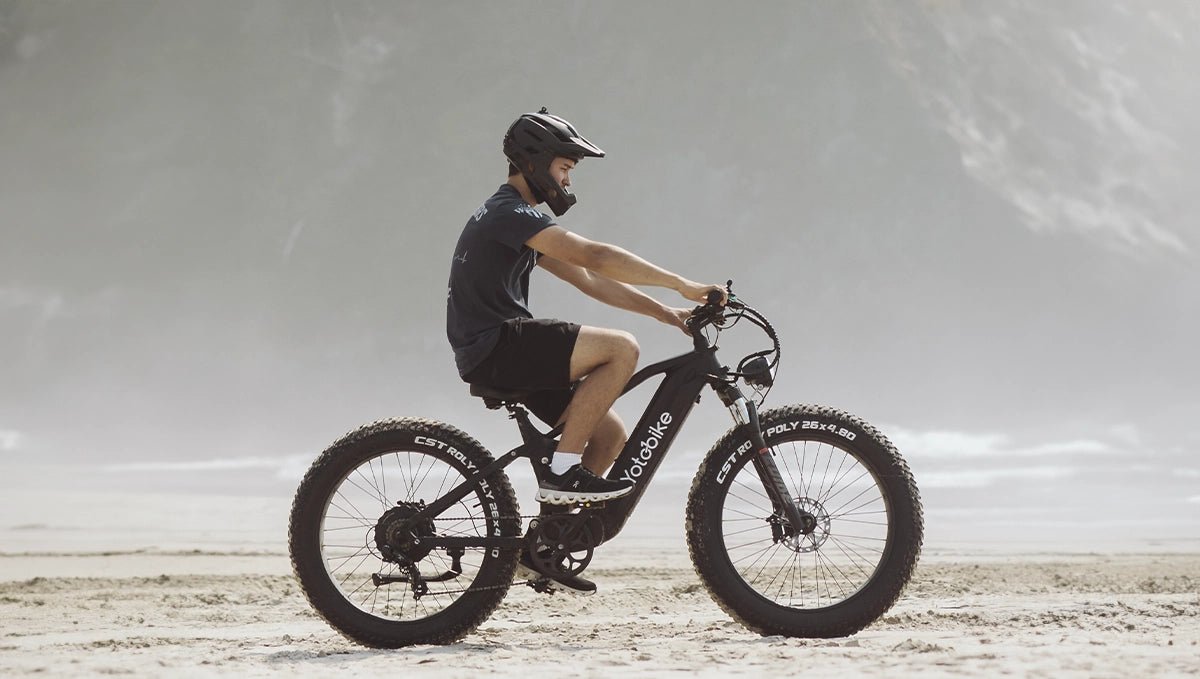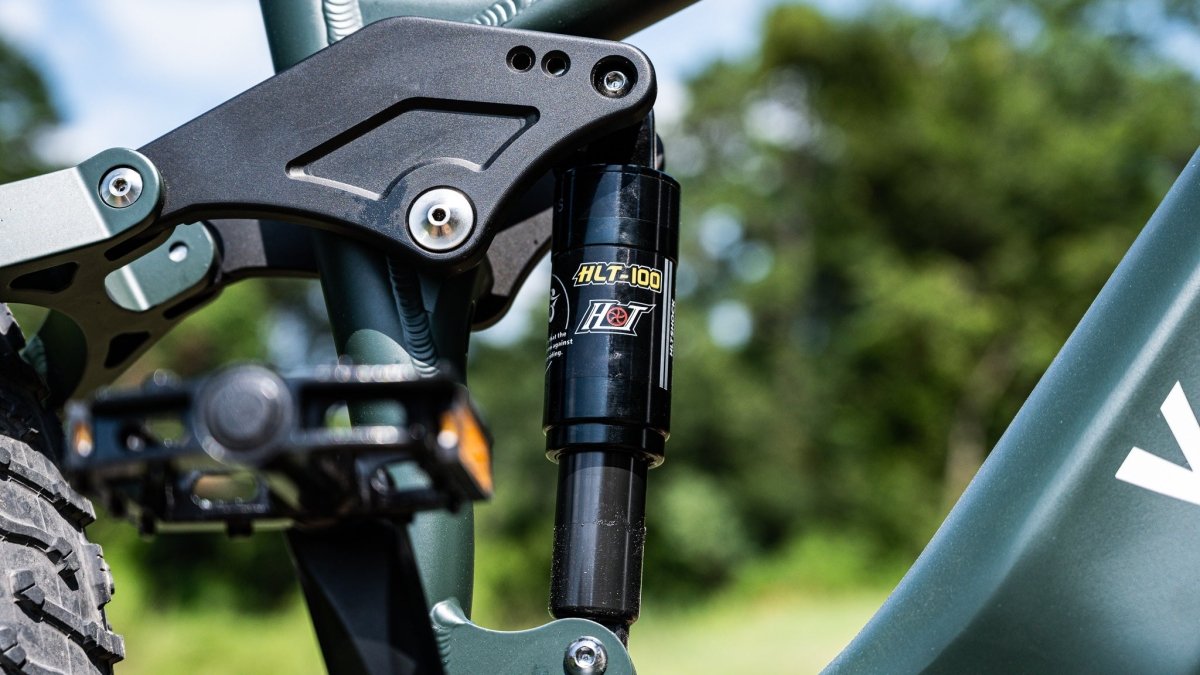
Hardtails are bikes with front suspension only, while full-suspension models have front and rear suspension.
Hardtail Mountain Bikes
Hardtails do not have a rear shock absorber and are named for their rigid rear end. Like full-suspension bikes, hardtail bikes are suitable for off-road use and are usually cheaper and lighter than dual-suspension bikes. While full-suspension bikes offer a higher level of comfort and control while riding, hardtail bikes should not be overlooked.What are the advantages of hardtail mountain bikes?
Hardtail bikes tend to excel on slower, narrower roads and wherever dirt provides more traction. On less technical terrain, hardtails often provide a more direct, close and personalized ride. The rigid rear end delivers excellent power to the rear wheel on climbs and sprints.Hardtail bikes allow you to feel more connected to the track. The extra responsiveness and feedback of the bike helps you cut through rolling terrain and generate speed with maximum efficiency. Many people also believe they can be better riders as well. Without the forgiving handling of a full-suspension bike, they force you to anticipate and react to sudden changes in direction and take a better line through corners.
Another key consideration that competitors at the highest levels of XC racing place a high value on is the reduced weight of hardtails. On average, full-suspension models weigh about 3 pounds, which can play a significant role when trying to save time on the uphills.
Budget is also often a factor when considering your next bike. Hardtails are usually less expensive than full suspension when equipped with similar components. Additionally, hardtails require less maintenance - you only need to set up the front suspension and have fewer moving parts overall.
What is a full-suspension mountain bike?
A full-suspension mountain bike has both a front shock fork and a rear shock absorber. The rear shock absorber improves traction, control and comfort on the bike.What are the advantages of full-suspension mountain bikes?
Full-suspension mountain bikes perform better on rough terrain and excel on courses that many hardtails struggle with. This is largely due to the traction provided by the rear suspension.On rough roads, the rear shock helps ensure that the tires stay in contact with the ground. This provides better traction so you don't bounce off bumps and lose grip. Full shock bikes also significantly reduce the force through the pedals and handlebars when you hit roots and rocks at high speeds. The smoother ride is also more comfortable, helping to combat fatigue on longer rides and races.
Full-suspension bikes also give you a greater margin of error. They allow for better traction, control and steering, which reduces the risk of making mistakes on rough terrain.
Confidence is key in mountain biking, especially for newcomers to the sport. Because full-suspension mountain bikes are more forgiving, they reduce the number of minor accidents and panic that slow a rider's progress. While the benefits are obvious, the added convenience comes at a price: extra weight, higher costs and increased maintenance.
Price Differences Between Hardtail and Full-Shock Bikes
Hardtail mountain bikes are always cheaper than equally equipped full-suspension models. High-quality hardtails start at around $1,500, with prices rising depending on the specifications and quality of the components and frame.With high-quality full-suspension bikes starting at $2,500, budget becomes an important factor in determining which option you choose. Buying a quality hardtail bike is always preferable to buying a cheap full-suspension bike.
As with every build, there's more to a bike than just the suspension. Components, kits, frame geometry and materials all affect performance, comfort and reliability and should not be overlooked.

